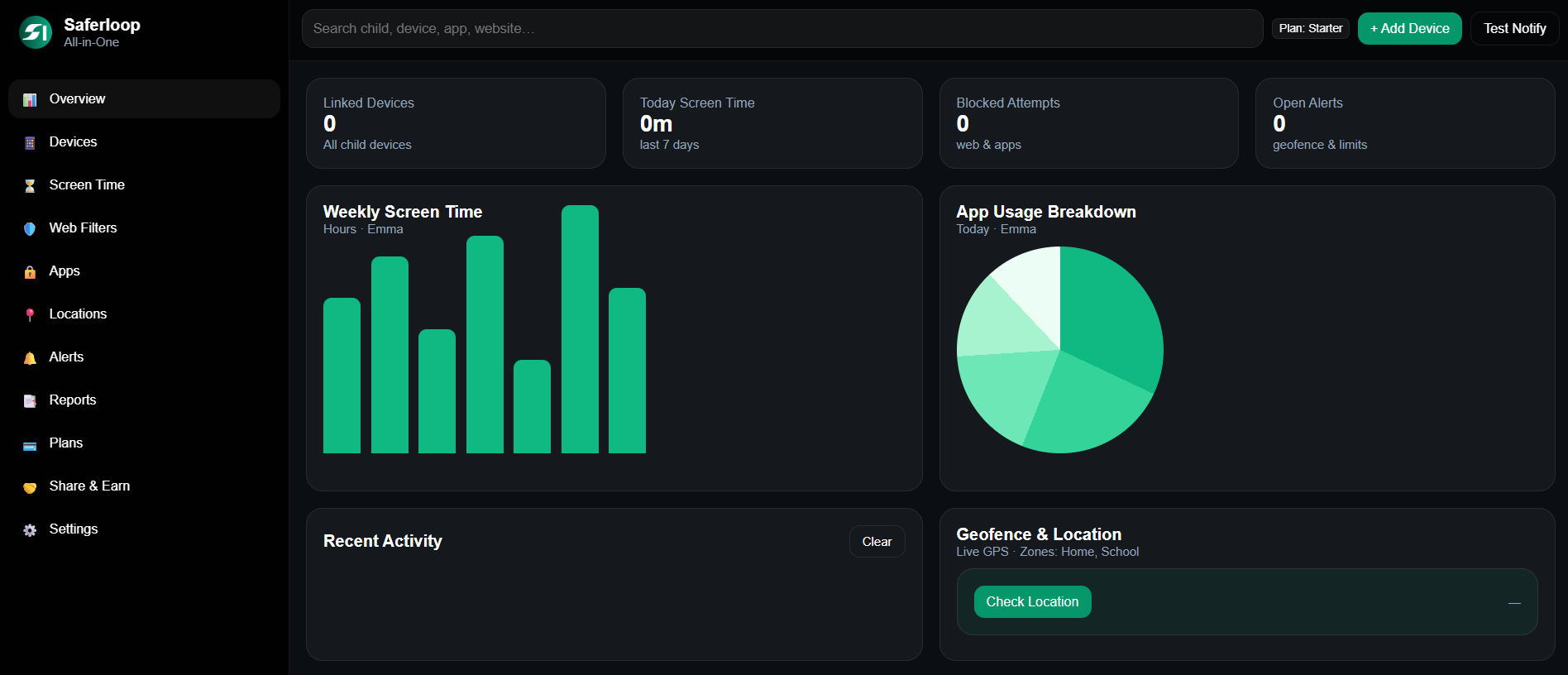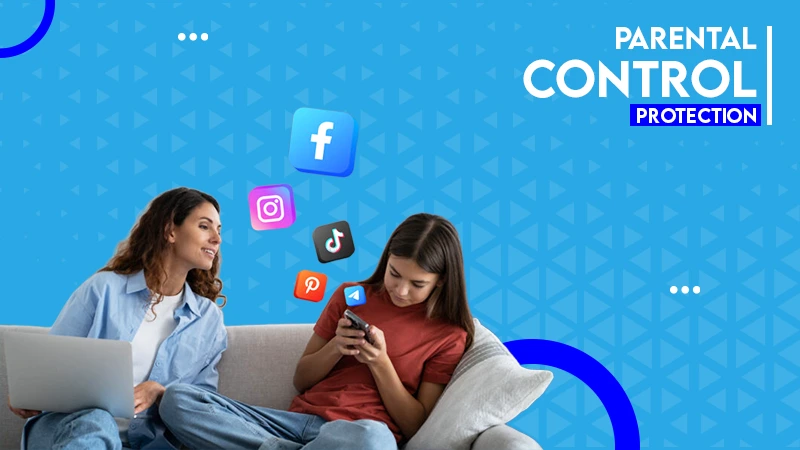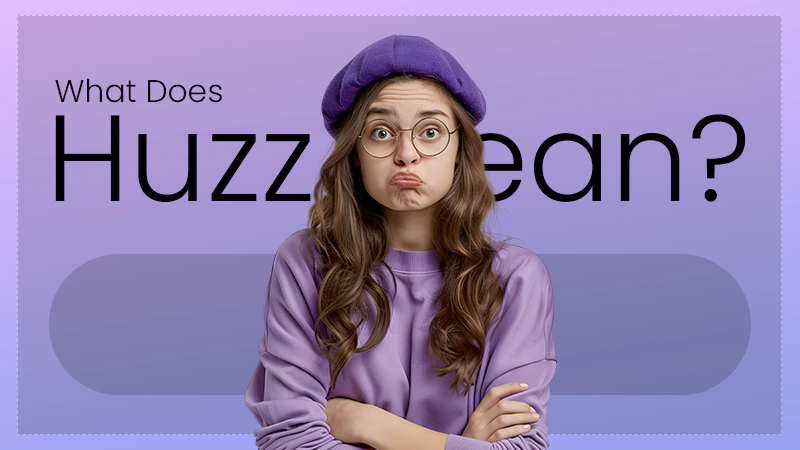Ans: Exposing children to inappropriate content can trigger impulsive behavior in kids by normalizing acts of violence and desensitizing them.
What is Inappropriate Content? | How to Protect Your Child from Inappropriate Content?
Inappropriate content is easily accessible on the internet for kids distorting reality and making them vulnerable to emotional distress and behavioral issues. Unrestricted access to offensive material can hamper the cognitive development of the children.
As parents, it is our numero uno responsibility to keep an eye on the online activities and look out for the digital footprints of the youngsters.
Therefore, to provide you a detailed outlook on the concerns that arise due to accessing harmful material and inappropriate memes, we bring to you this comprehensive guide.
Here we’ll walk you through the ways through which you can deal with explicit content and analyze its impact on little ones.
- A Quick Breakdown of Inappropriate Content
- How do Children Get Exposed to Adult Content?
- Different Ways Explicit Content can Ruin Your Child’s Development
- How to Report Inappropriate Content?
- Effective Measures to Counteract Exposure to Mature Content
- Install SaferLoop to Permanently Block Inappropriate Content
- Frequently Asked Questions
A Quick Breakdown of Inappropriate Content
The interpretation of inappropriate or adult content can vary depending on the age, maturity level, and ethical belief. However, following are the different types of the adult content that your minor may encounter on the web:
- Sexually Explicit Material: Graphics, videos, images, and blogs that depict any sort of sexual activity fall under this category.
- Graphic Violence: It includes different portrayals of violence, physical assault, injury, or murder in a detailed and realistic manner.
- Sexual Violence: This category covers portrayals of different types of sexual assault, non-consensual sexual activity, r*pe, and harassment.
- Fantasy Violence: Here all sorts of aggressive behaviors in fictional, animated, and video games are covered.
- Pornographic Material: The most extreme type of sexual content is covered in this category, where sexual acts are clearly portrayed.
- Coarse Language: It incorporates all types of written content or dialogues that hint at sexual content or use explicit language.
There are different platforms through which your little ones can get in touch with harmful material. We have discussed such sections in great detail in the subsequent section.
How do Children Get Exposed to Adult Content?
With the constantly evolving technology and rapid development of social media, the young minds are getting exposed to harmful content that they shouldn’t be accessing. Here are a few platforms where teens can unexpectedly stumble upon mature themes.
- Social Media Platforms: The first in the list is social media platforms, which gives anyone an easy pass to adult graphics and inappropriate memes without strictly verifying the age. These applications also expose people to fake luxury lifestyle and cyberbullying, deeply impacting one’s psychology.
- Entertainment Platforms and Streaming Services: Different entertainment platforms like TV, movies, etc., and streaming services such as Netflix, Prime Videos, etc., can exhibit youngsters to coarse language and explicit visuals. So they should not be left unsupervised while accessing such platforms.
- Peers: During the teenage, minors tend to share explicit materials and harmful information among friends and peer group to establish supremacy over others and get that Cool tag.
- Internet: Unsupervised and unrestricted access to the internet without necessary filters can expose the kids to sexual graphics, explicit images, and violent content either via innocent curiosity-driven searches or by ad pop-ups.
Any of the aforementioned media can be the source of adult themes and violent content for your little ones. That’s why it’s necessary to understand its impact and different ways to mitigate the repercussions.
Moving ahead, let’s quickly take a look at the effects of inappropriate material on children.
Also Read: Explore Fortnite Parental Controls and Provide Your Little One a Risk-Free Gaming Experience
Different Ways Explicit Content can Ruin Your Child’s Development
Accessing adult content at a young age has multiple drawbacks; the most concerning ones are mentioned below, so give it a good read!
- Desensitization to violence: It normalizes acts of violence and triggers aggressive behavior in kids.
- Low Self-Esteem: Mature themes portray unrealistic body standards that can plant serious body issues and lead to lower self-esteem in teens, affecting their mental health and often inducing eating disorders.
- Engagement in Risky Behavior: Youngsters with unrestricted access to adult themes are always at a higher risk of improper cognitive development hampering the critical development, encouraging substance abuse, and initiating premature sexual activity.
- Distorted Reality: Harmful content keeps the little minds in their delulu land, where they get unrealistic expectations of body image, sexual interactions, violence, intimacy, and relationships, making them struggle to maintain friendships or relationships in the real world.
- Poor Emotional Development: Early and easy access to inappropriate themes can induce feelings of shame, confusion, guilt, etc., which ultimately compromises their emotional development and overall well-being.
- Destructive Attitude Towards Sexuality: Sexual content like pornography portrays aggression and objectification towards the opposite gender, which in an unhealthy way affects the children’s perception of sexual relationships and gives unrealistic expectations, which in the longer run affects their relationships.
How to Report Inappropriate Content?
Remember that there are websites and apps that are specifically designed for adults, while there are some platforms that allow both adults and kids to join. The majority of social media platforms have specified Terms of Service outlining what content is considered inappropriate content and built-in parental control features, like Snapchat Parental Controls and TikTok Parental Controls.
In general, videos and photos featuring nudity and violence are considered harmful, so if your teen encounters any of this, you should immediately report it to the platform. Furthermore, in case someone sends your child a direct message with explicit and offensive material, you should immediately report such incidents on the following platforms:
- Report incidents of sexual images of children to the Internet Watch Foundation.
- For reporting hate speech, dialogues, and coarse language, you can use the True Vision website.
- Navigate to Counter Terrorism Internet Referral Unit to report the material and content that relates to terrorism.
- If your kid is a victim of online bullying or has experienced any sort of harm online, you should take assistance from the Report Harmful Content website.
Effective Measures to Counteract Exposure to Mature Content
To tackle your kids’ being exposed to inappropriate content, you can take the below-prescribed measures!
- Communicate: Initiate an open communication with your child and make them aware of the repercussions of explicit material. Furthermore, encourage them to immediately come to you in case they encounter offensive themes and graphics.
- Give Them Sex Education: Physical relationships fascinate teens a lot. That’s why it’s important for you to actively discuss topics related to sex, teach them about healthy relationships and consent. Moreover, tell them about real-life interactions and make them comfortable about discussing sexual questions with you.
- Use Safe Engines: Employ safe search engines, specifically designed keeping children in mind. Such browsers filter explicit content to ensure a safe search experience.
- Monitor Social Media Platforms: Always keep an eye on your minor’s social media platforms and see who they are talking to and review what type of content they are consuming.
- Use Parental Control Apps: Take assistance from the smart parental control apps like SaferLoop to limit screen time, manage social media, filter out explicit material, and get insights about your little one’s digital activity.
Also Read: 13 Best Android Parental Control Apps in 2025 | Unleash Cybersecurity With These Recommendations
Install SaferLoop to Permanently Block Inappropriate Content
It is practically impossible to monitor all the activities of your little one and see what type of content they are accessing or who they are interacting with; that’s when you should take assistance from parental control apps like SaferLoop.
SaferLoop is the one-stop solution for the digital safety of your child. It uses AI-based technology to filter inappropriate content, block online attackers, and create a safe browsing space. With SaferLoop you can,
- Manage screen time
- Keep an eye on social media platforms
- Track the live location
- Get real-time insights of daily online activities
- Set strict screen time boundaries
- Block certain websites and applications
- Get instant notification in case of cyberbullying or privacy breach
With SaferLoop you’ll get to track the digital footprints of your teen without invading their privacy. It’s like keeping an eye on them without intruding on their personal space.
Frequently Asked Questions
Q: What does inappropriate content do to a child?
Q: What are inappropriate content examples?
Ans: The following content types can be regarded as inappropriate
- Violence
- Extremism
- Terrorism
- Sexually explicit material
- False information
- Misleading content
Q: What to do if you see inappropriate content?
Ans: In case you encounter explicit content frequently, you should immediately report it to the True Vision website and for child sexual content, contact the Internet Watch Foundation.
Sources


